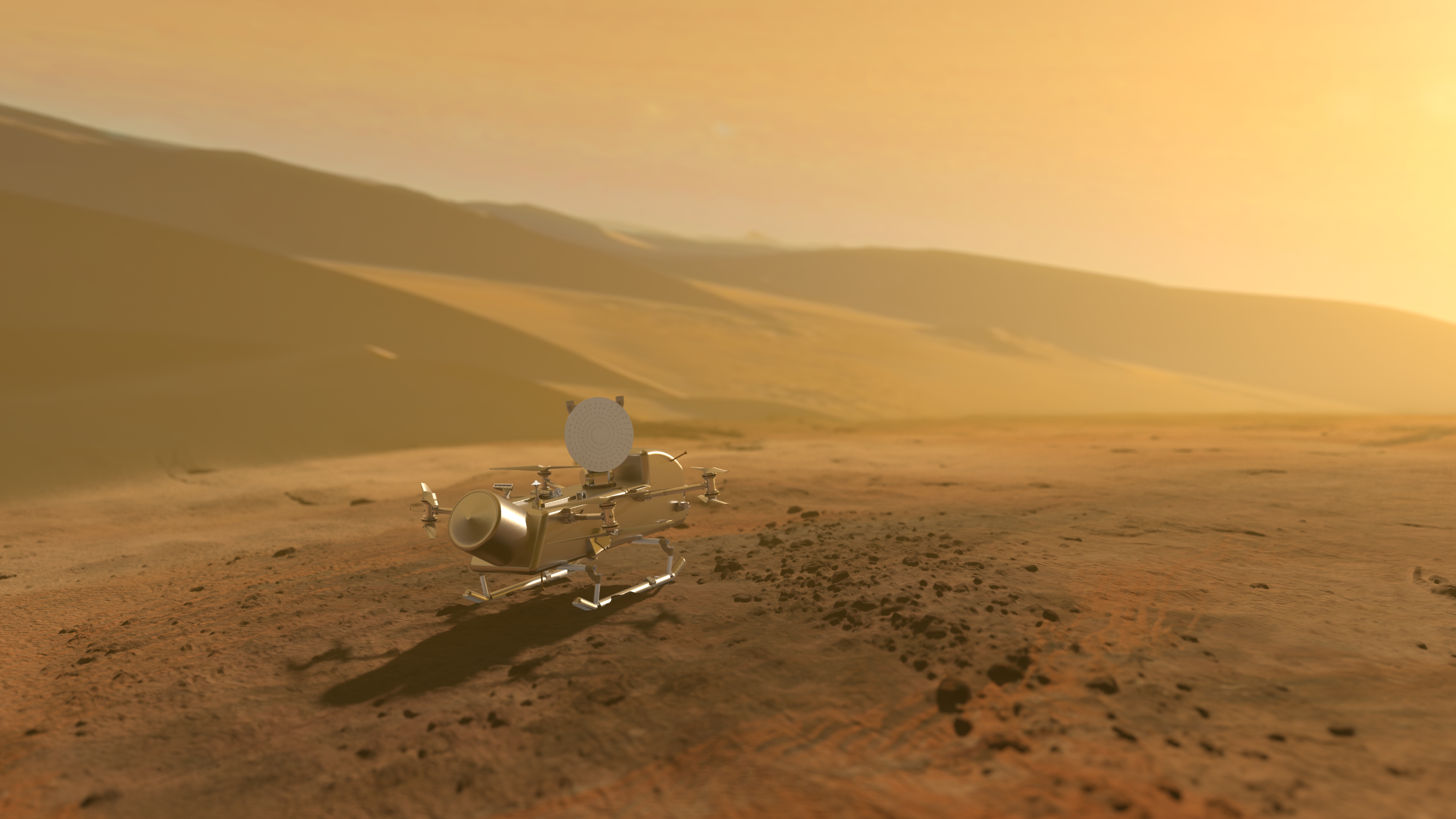5 min read
Cassini Significant Event Report
For Week Ending 08/10/00
The most recent spacecraft telemetry was acquired from the Goldstone
tracking station on Wednesday, 08/09. The Cassini spacecraft is in an
excellent state of health and is operating normally. The speed of the spacecraft can be viewed on the "Where is Cassini Now?" web page.
This week's activity onboard the spacecraft focused exclusively on the
first phase of Command & Data Subsystem Flight Software (CDS FSW) Checkout.
The CDS FSW team, as well as the entire Spacecraft Office (SCO), reached a
milestone on August 9, with the switching of CDS prime software to Version
7_011. The string swap completed successfully and CDS_A has transitioned
to prime. Prior to the switch, a test of the CDS SSR-A memory and power
controller was performed. These tests are run regularly before each turn
off and after each turn on. Following successful turn on and testing,
SSR-A was loaded with CDS, Attitude and Articulation Control Subsystem
(AACS), and Instrument FSW from SSR-B. Throughout this portion of the
checkout, all subsystems on the spacecraft operated normally and downlink
from the spacecraft was resumed after a 5 minute planned outage. Version
7_011 has several updates necessary for support of sequences during the
Jupiter flyby, and utilizes a new System Fault Protection algorithm.
All the required files for the instrument turn-on scheduled for the end of
C21 have been received, integrated and placed on Distributed Object
Manager (DOM) for review.
Files for the Preliminary Sequence Integration and Validation phase (SIV)
for C22 have been delivered and the Sequence of Events (SOE) and Space
Flight Operations Schedule (SFOS) files generated. Plans were finalized
for Integration Test Laboratory (ITL) testing of one activity in the C22
background sequence, the observation of the star Fomalhaut. In addition,
plans were made for testing of the real-time flight software loads for the
Cassini Plasma Spectrometer (CAPS) and the Cosmic Dust Analyzer (CDA). C22
contains activities that complete Instrument Checkout, and begin Jupiter
science.
Instrument Operations (IO) and the Telecommunications and Mission
Operations Directorate (TMOD) completed the VoIP (Voice-over-Internet
Protocol) test with the Huygens Probe Operations Center (HPOC). TMOD is
currently evaluating an option for decommissioning analog voice lines and
combining both data and voice over a single line. This technology is
expected to save NASA almost $130K / year / circuit. The intent of the
test was to demonstrate the feasibility of this concept. It proved to be
very successful.
IO completed initial delivery of Imaging Science Subsystem / Visual and
Infrared Mapping Spectrometer (ISS/VIMS) Level 1A data product ground
software to the Multi-mission Image Processing Laboratory (MIPL).
During Instrument Checkout 2 (ICO) Quiet Test (July 26, 2000), ISS took 23
Narrow Angle Camera (NAC) and 23 Wide Angle Camera (WAC) images during the
"noisy" mode, and 30 NAC and 22 WAC images during the "listening" mode.
The data were read, stored, then downloaded for engineering analysis. The
data have been delivered to the ISS and VIMS science teams.
Preliminary analysis of RPWS data from the Quiet Test has been released.
Overall the spacecraft and instruments were observed to be very quiet.
This second data set has been compared with the results of the first ICO
in January 1999. In general the results are similar for the two tests.
Analysis of this data will continue for some time.
IO has completed Version 1 of the Archive Plan for Science Data, and
distributed it for signature.
All Cassini teams participated in the NASA Quarterly review (aka GPMC)
held this week at JPL.
The Cassini/Huygens Spacecraft Geometry Reference Tool (aka the mug) is
currently available for sale to Flight Team members. The detailed
information provided on science instrumentation, spacecraft axes and major
components has already proven to be extremely valuable and is being widely
utilized by program members.
The Cassini Real-time operations area was one of the locations visited by
a TV crew from the British Broadcasting Corporation (BBC). The crew was
collecting material for a children's program focused on space.
Forty three master teachers participating in the Solar System Educator
Program were introduced to the Cassini Program and its educational
materials. This included classroom demonstrations, student activities
involving light scattering, gravity assist, and planetary magnetic fields,
and a tour of the Cassini real time operations area. Cassini's joint flyby
of Jupiter with Galileo was described, including the cooperation with the
Goldstone Apple Valley Radio Telescope (GAVRT) program to monitor Jupiter
for both science and calibration purposes during Cassini's flyby.
Additional information about Cassini-Huygens is online at http://saturn.jpl.nasa.gov.
Cassini will begin orbiting Saturn on July 1, 2004, and release its piggybacked Huygens probe about six months later for descent through the thick atmosphere of the moon Titan. Cassini-Huygens is a cooperative mission of NASA, the European Space Agency and the Italian Space Agency. JPL, a division of the California Institute of Technology in Pasadena, manages the mission for NASA's Office of Space Science, Washington, D.C.
Media Relations Office
Jet Propulsion Laboratory
California Institute of
Technology
National Aeronautics and Space
Administration
Pasadena, Calif. 91109.
Telephone (818) 354-5011







